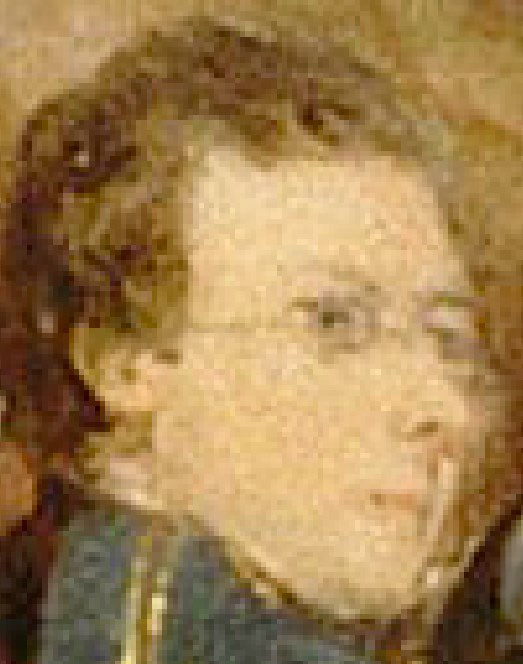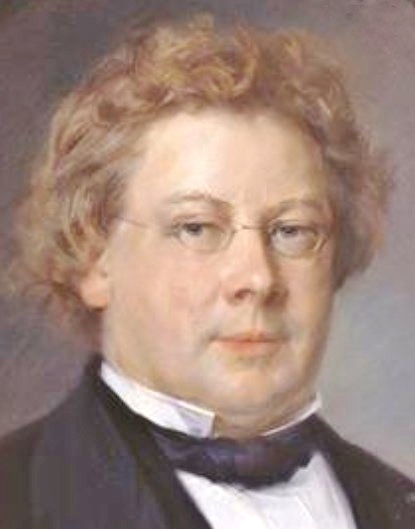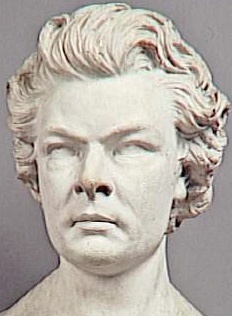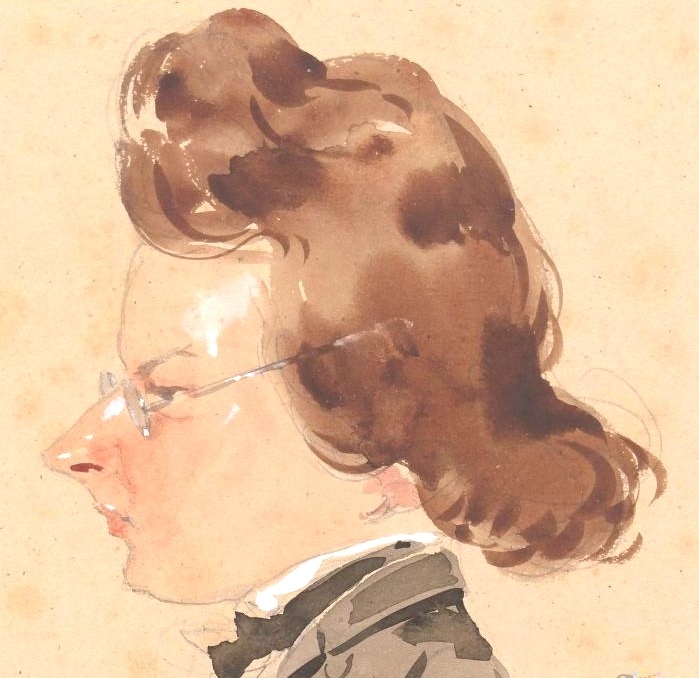Eudore Soulié (1817–1876), conservator Musée de Versailles
1st image: Soirée; 2nd: painting by Escot (1869); 3rd: bust by Pons (1854); 4th: caricature by Eugène Giraud drawn during Viel-Castel’s afterparty (drinking tea) at the soirée of February 7, 1851.
At just twenty-two, Eudore Soulié entered the administration of the Royal Museums in 1838. Initially assigned to the Louvre, he befriended Philippe de Chennevières20.
In 1850, de Nieuwerkerke16 appointed him to the Musée de Versailles, promoting him to conservator in 1854.
A specialist in historical research, Soulié gained recognition for his books on Louis XIII (1601–1643) and his exhaustive analysis of the life and works of playwright Molière (1622–1673). Living at the Palace of Versailles, he devoted his days and nights to unraveling its history —relying on a meticulous note-taking system akin to a ‘post-it’ method to document the location of his discoveries.
Contemporary historians regarded the reserved Soulié as “the man who knows more about the history of the [Versailles] palace, all of its apartments, and anecdotes, than anyone else.”
In 1854, he began publishing a monumental catalog of the palace’s collection. Following his death in 1876, count Clément de Ris26b succeeded him as conservator of the Musée de Versailles.
Alongside Chennevières (who wrote about it in his diary), Soulié was among the individuals who spent time at François Biard's36 disorganized atelier at Place Vendôme, posing for Une Soirée au Louvre.
According to Viel-Castel43, de Nieuwerkerke introduced Soulié to Princess Mathilde’s circle in August 1853. Originally intended as a single invitation, Soulié apparently continued attending unbidden. Viel-Castel cynically suggested that, should de Nieuwerkerke ever lose his position, Soulié would likely have been the mastermind behind the conspiracy.



